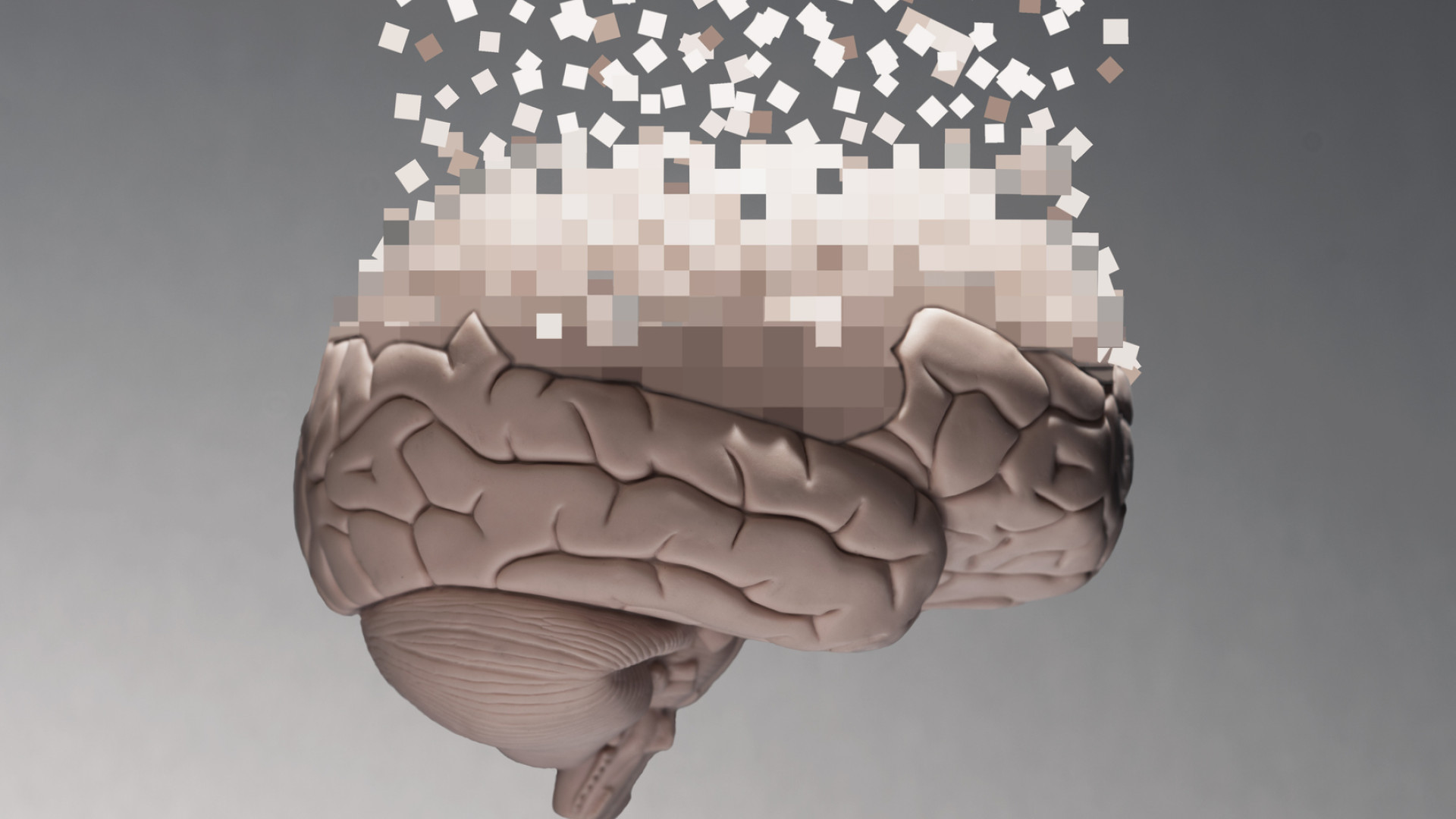We’ve been helping numerous clients communicate to their audiences the need for change, in order to achieve more sustainable outcomes for them, for their stakeholders and for the environment.
We see an appreciation for the need to change and an acceptance that change will come. The difficulty is making the need to change personal and real enough for people to want to act now. A silver lining of the recent weather events (if death and destruction can have a silver lining) is that climate change has suddenly become a real thing that impacts lives, homes, and livelihoods. The case for immediate change has never been stronger.
In our experience, behaviour change is about motivating people to make changes that are relevant and personal to them. This is particularly true in a topic like waste reduction where audiences are aware, and largely pro-change, but so far have been lacking the urgency to make that change. They need a good reason to act now, rather than putting it off until tomorrow.
Harnessing human nature
As humans it’s in our nature to prioritise the things that impact us most personally. The first part of our approach is to identify real and everyday WIIFMs (what’s in it for me) for our audiences. This answers the ‘why change?’ in a way that is real and tangible and potentially creates immediate benefits. This approach helps drive more urgency to act.
With personal reasons to change, audiences are more inclined to listen to the ‘what and how’. This is about making the changes seem reasonable and achievable and therefore reducing the perceived trade-offs and effort needed that often leads to procrastination. Making the change appear easy to implement is also very important. Small steps allow audiences to feel comfortable with change and to move forward without a sense that they are making big sacrifices to their way of living.
Lowering the hurdles
There are often (real or perceived) common barriers to behaviour change, and we know acknowledging these, and actively addressing them, helps audiences overcome them. It’s important to identify the big barriers, that are the hardest to overcome, as they have the biggest impact, while also providing practical solutions and alternatives. The goal is here is often about showing audiences that ways around the barriers exist and opening up their mind to come up with ways to navigate the change themselves.
We know that change is a process, and along with understanding audience needs, we look to understand the behaviour models they apply that lead to change. This includes many things such as how aware of the need to change they are, how motivated are they, where do they seek information, how decisions are made in their household and how they implement change. By understanding these things, we can layer our messages to support audiences through the process. It also allows us to understand how emotional and rational messages work together at different part of the process.
Creating new habits
In driving change, we know that creating new habits is important, and therefore repetition and reinforcement of messages is vital. We actively seek ways to remind audiences of the actions they need to take. Ideally at the moments of trust. For example, when putting things into the bin, at the fridge or when putting the recycling bins out. Where possible, we look to incorporate gamification techniques that use reward, recognition, and our natural competitive nature to drive people to take the desired actions.
As part of reinforcement, we believe in telling real stories of real people who have taken action (who had easy experiences) and are now reaping the rewards. Peer-to-peer has always been the strongest form of behaviour change communications and the rise of social media has taken this to a new level. Where we can, we look to develop a language and talkability around the change which encourages our audiences to share their stories and achievements with each other. This also sees people sharing ideas and solutions with each other and also recognising the actions of those around them. Campaigns like ‘be a tidy Kiwi’ are a great example of using language to create peer-to-peer talkability.
Playing our part
While we focus on making the why personal, we also look to push the collective why that unites everyone together. We saw through COVID that the ‘team of 5 million’ approach galvanised people to act. While on the surface this appears to be for holistic reasons, it was more likely to be driven by the fact that their individual need for protection (and to reduce the chances of catching it) was aligned with the goals of the collective. This approach not only compels people to act for their own reasons but also to be seen to be contributing to the greater good. This works best when there are collective targets and a way of galvanising the team behind progress towards them.
A rising thermometer metaphor to show progress towards a collective goal has driven action for many years and remains just as relevant in galvanising collective action today.

